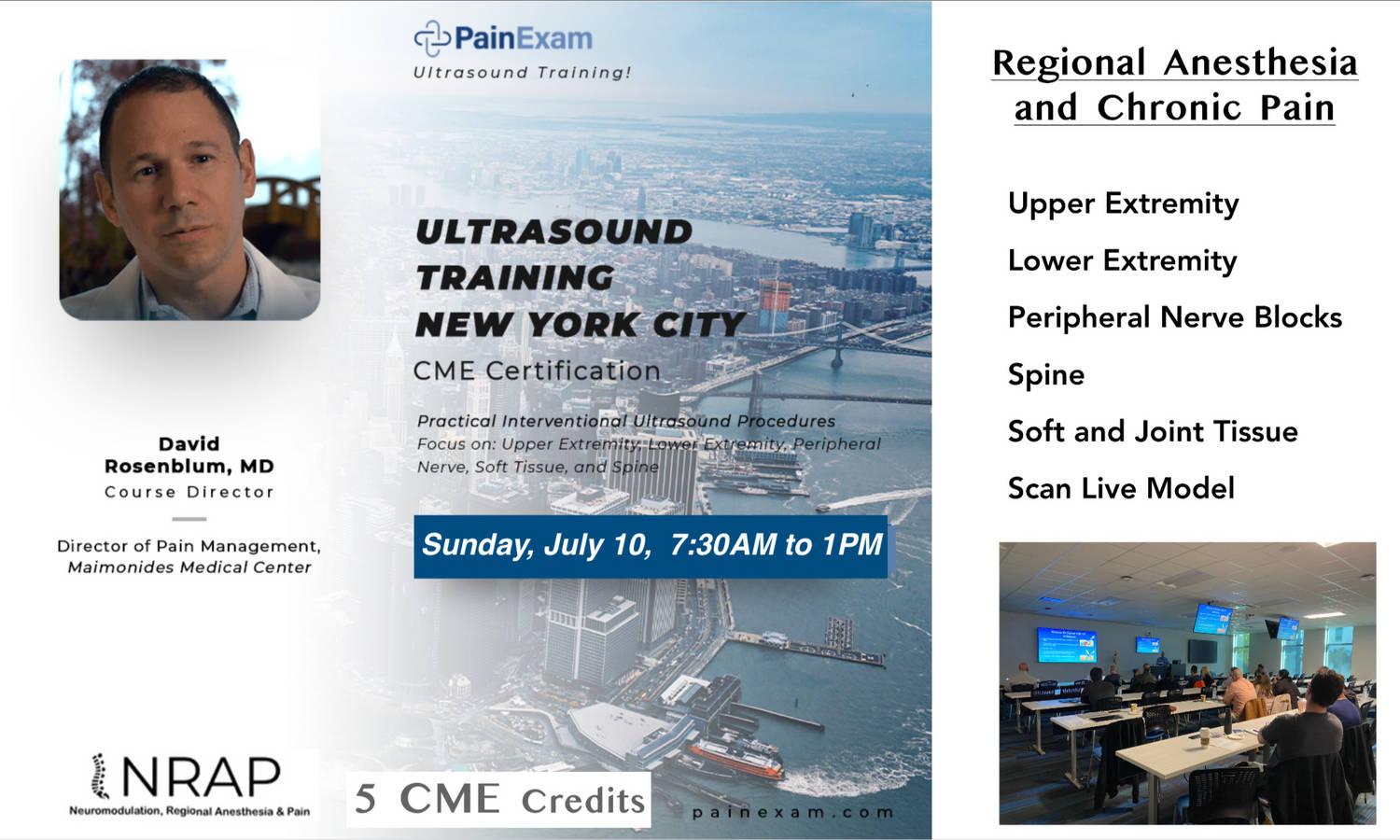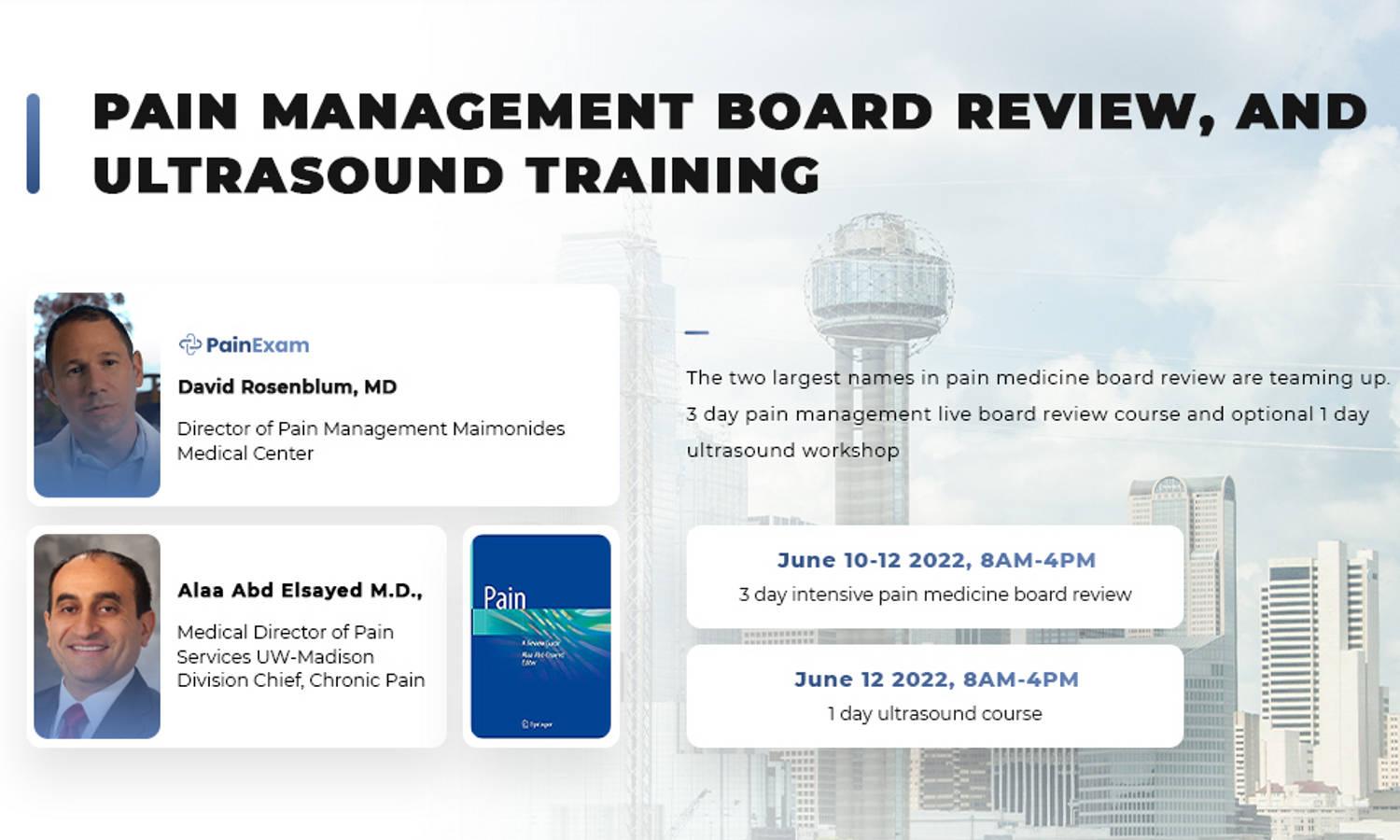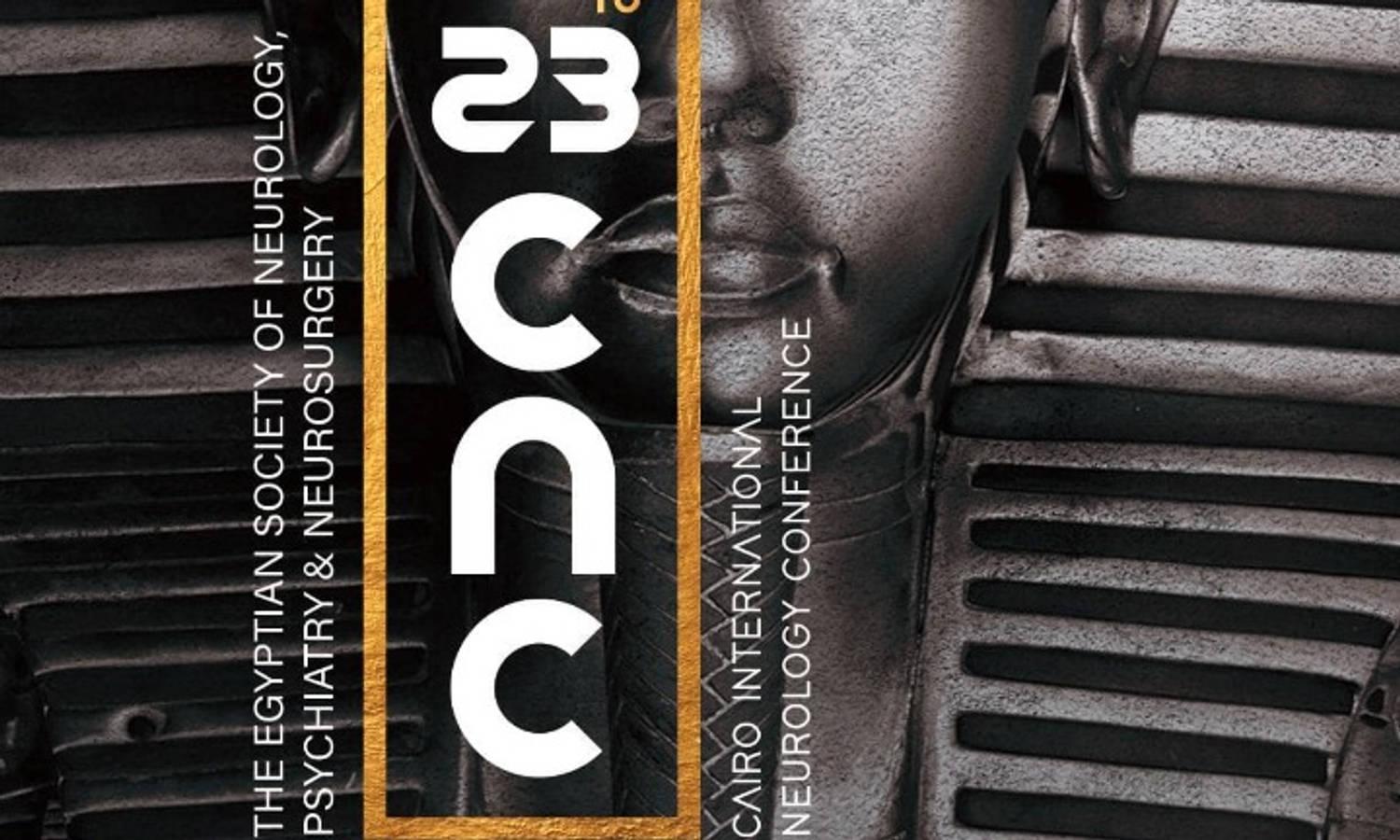
From Simple Occlusal Adjustments to Treating Occlusal "Neurotics"
 hosted byDentaltown, L.L.C
hosted byDentaltown, L.L.CFrom Simple Occlusal Adjustments to Treating Occlusal "Neurotics" is organized by Dentaltown, L.L.C.
Released: 9/16/2020
Expiration Date: 6/30/2025
Review Date: 6/30/2022
Overview:
We have all dealt with a post restorative complaint and corrected it by adjusting a “high spot” that was inadvertently created during the procedure. Almost without fail a single adjustment resolves the complaint.
We have all dealt with patients who were hyper aware of their occlusion. Some of those patients get labeled as “occlusal neurotics.”
This CE course, then, is geared for the general dentist with the goals to improve daily occlusal adjustments in restorative therapy as well as to learn how to deal with more complex occlusal issues.
There is a continuum of disease that starts with a single tooth awareness that progresses to jaw discomfort and awareness that a bite is “uncomfortable” to a patient totally focused on their “bite” often seriously effecting the quality of their lives. The later stages of this disorder is termed “occlusal dysesthesia.”
There are many literature references to this somatic disorder. It is difficult to assess the frequency of the disorder. Because it is a continuum, many patients have a degree of the disorder and are therefore vulnerable to proceeding to a more serious, life altering form of the disease. The disorder is associated with a vicious cycle between an increased trigeminal signal and the reticular activating system. Appropriate treatment to interfere in this vicious cycle will be thoroughly explored.
Do you ask your patient, “Do you grind your teeth at night?” After you adjust a restoration, do you have a a patient to tap their teeth and ask “How does that feel?
These questions can be problematic, and improved ways to assess the same information will be reviewed.
Occlusal dysesthesia (OD) can be a serious disorder that in some cases has been associated with long term mental illness and suicide. OD is not a genetic disorder, and we as dentists can not only prevent this disorder from becoming a serious negative force in a patient’s life but can also be responsible for its progression.
Only dentists can recognize and treat this disorder, and the treatment does NOT involve occlusal adjustments. This course will help the restorative dentist place occlusion in the proper perspective and clarify goals of therapy in terms of occlusion.
Educational Objectives:
Upon completion of this course, participants should be able to achieve the following:
• Learn how to evaluate "high spots"
• Learn when and how to "treat" high spots.
• Understand when and if the bite being "off" matters
• Learn how to treat those that are "too aware" of their bite.









